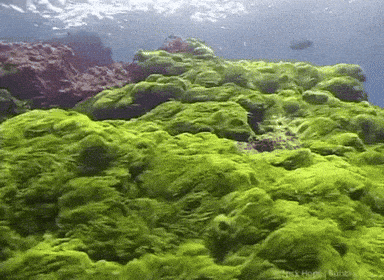Let's create continuous conversations about climate change education: Spreading the Sediment of Science!
Study: Protecting 1.2% of Earth's Ecosystems Could Stave Off Majority of Extinctions
July 2, 2024

A key UN effort is known as “30 by 30.” It stands for 30% by the year 2030. It seeks to nearly double the amount of the Earth’s land and sea protected as nature preserves, national parks, or wildlife reserves. Yet a new study shows that a fraction of an increase from the currently protected 16% of the world’s surface could save our most at-risk species.
Researchers at the US-based conservation group Resolve did the study. They looked at places around the globe that have the highest number of endangered species. These were places like coral reefs, tropical rain forests, and saltwater wetlands. Resolve labeled these regions “Conservation Imperatives” (CIs). Resolve found they account for just 1.2% of Earth's surface.
Andy Lee is one author of the study. Lee explained how the results were captured. CIs were mapped using the distributions of rare and endangered species. Six widely used biodiversity tests played a role. The latest map of global protected regions was laid over these regions. Experts then labeled unprotected sites that need swift safeguards.
Biodiversity in these regions is rich. Protecting CIs would have an outsized positive effect on curbing extinction events, Lee argues. In total, the CIs would cover about 633,000 square miles. Lee’s team figures that the cost to protect the regions, which perhaps includes buying private lands, would be $53 billion per year over the next five years. That cost, Resolve says, would be offset by the value of CIs. Their worth is not just as nature preserves. CIs can act as carbon sequesters for greenhouse gases.
Lee explained it's a crucial "first step" for sustaining ecosystems. It's also a first step toward the global climate goal staying below a 1.5°C temperature increase.
Reflect: Why do you think it’s important to protect certain special places on Earth, and how can doing so help both animals and people?
Gif of coral reef from GIPHY.





